
H2O GENAI DAY ATLANTA 2024
Opening Keynote | Sri Ambati
Our kickoff presentation for H2O GenAI Day Atlanta, our keynote, by H2O.ai founder and CEO Sri Ambati, begins with a warm welcome and appreciation for the attendees, highlighting the importance of the event in the context of annual SEC car and stress testing for banks.
Speaker Bio
Sri Ambati | Founder & Chief Executive Officer
Sri Ambati is the founder and CEO of H2O.ai. A product visionary who has assembled world-class teams throughout his career, Sri founded H2O.ai in 2012 with a mission to democratize AI for anyone, anywhere, creating a movement of the world’s top data scientists, physicists, academics and technologists at more than 20,000 organizations worldwide. Sri also regularly partners with global business leaders to fund AI projects designed to solve compelling business, environmental and societal challenges. Most recently, Sri led the initiative o2forindia.org, sourcing O2 concentrators for more than 200 public health organizations in Tier 2 cities and rural communities in India during the Delta wave of the COVID-19 pandemic, helping to save thousands of lives. His strong “AI for Good” ethos for the responsible and fair use of AI to make the world a better place drives H2O.ai’s business model and corporate direction.
A sought-after speaker and thought-leader, Sri has presented at industry events including Ai4, Money2020, Red Hat Summit and more, is a frequent university guest speaker, and has been featured in publications including The Wall Street Journal, CNBC, IDG and the World Economic Forum and has been named a Datanami Person to Watch.
Before founding H2O.ai, Sri co-founded Platfora, a big data analytics company (acquired by Workday) and was director of engineering at DataStax and Azul Systems. His academic background includes sabbaticals focused on Theoretical Neuroscience at Stanford University and U.C. Berkeley, and he holds a master’s degree in Math and Computer Science from the University of Memphis.





